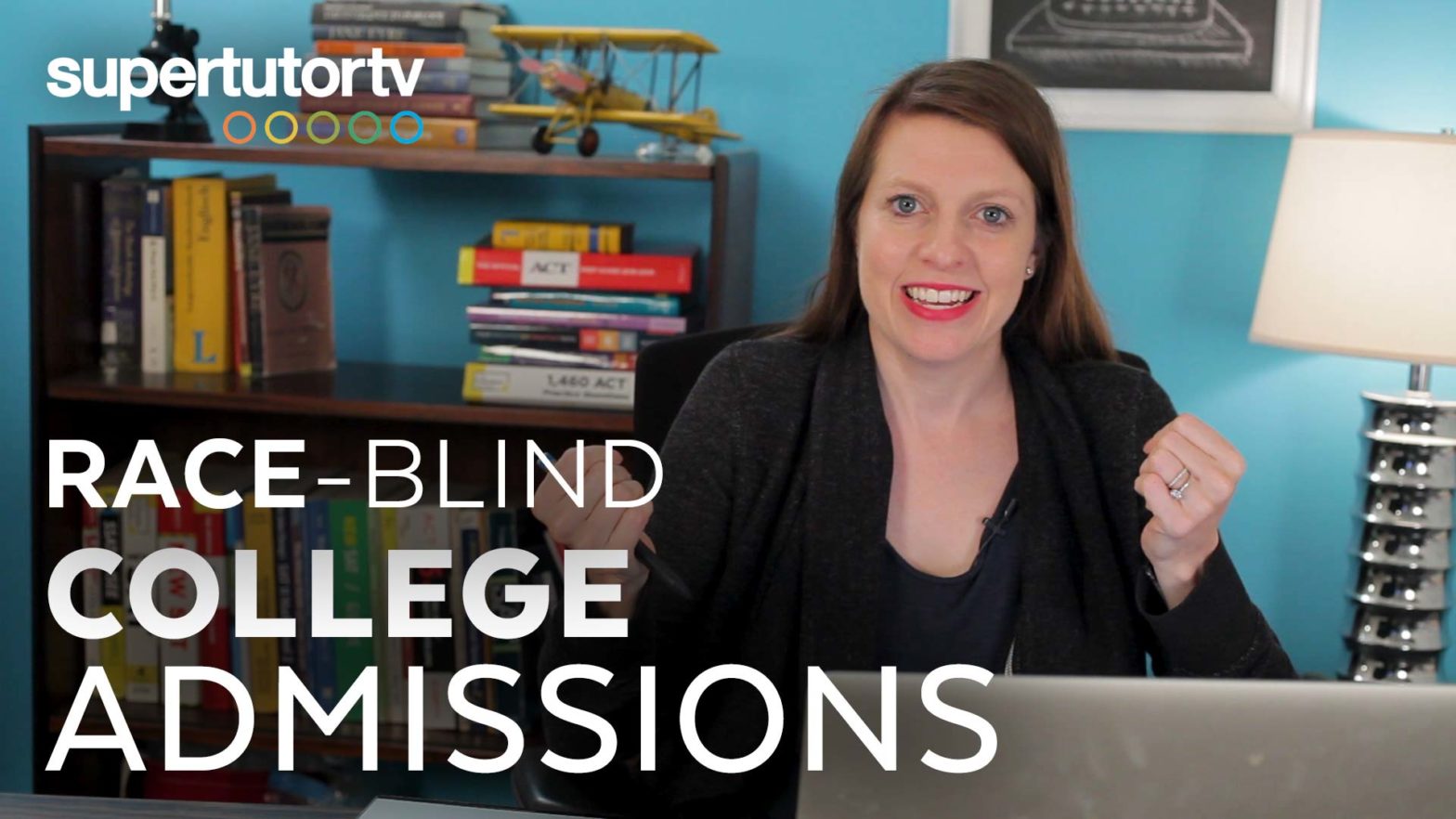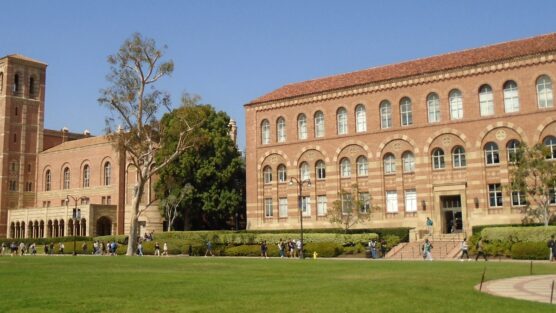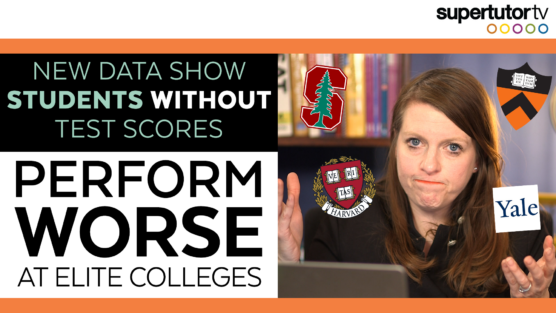The topic of considering race in the college admissions process has been highly debated for the past two decades, and especially now since President Trump is attempting to repeal Obama’s policy of affirmative action. Race-blindness is when race is banned as a factor in the college admissions process, forcing admissions officers to look at other things like test scores and essays instead.
Currently, there are eight states that have a race-blind policy in their public state colleges and these are: California, Michigan, Washington, Florida, Nebraska, Colorado, Arizona, New Hampshire, and Oklahoma. There are also some race-blind private institutions such as CalTech, as well as some schools like Stony Brook University and University of Hawaii that aren’t officially race-blind, but have similar admission percentiles as ones that are.
One way that colleges try to increase their campus diversity while remaining race-blind is making their admissions process holistic, which means collecting information that will describe the complete applicant. This information includes standardized test scores, GPA, sports, volunteering, written essays, and teacher recommendations. Some schools even offer alternate paths to getting admitted. For example, if someone’s test scores aren’t outstanding but their essays are genuine and grades are exemplary, that student could still have a good chance of getting in.
The UC system (University of California) is probably the most well-known race-blind colleges system since they have had the policy since 1996. Like I mentioned above, the UC system will de-emphasize low test scores if the applicant has great extracurriculars and grades to help the student. When the university banned affirmative action in 1996, they began to invest more money in diversity outreach programs in order to ensure that they were still fair to minority background students, despite getting rid of color preferences. UC schools have regularly sent representatives to all kinds of schools around the country, offering information on testing and advice on the admissions process.
So, who might race-blind admissions help? Applicants from poor neighborhoods and low-performing high schools are typically advantaged in the admissions process because they have shown perseverance in the face of their setbacks. Another thing that looks good is when students are the first to attend college in their family or their parents never went to college. Also, those who land among the top 2% in their high school class are always favored (in the UC system, at least), no matter what their test scores are.
Race-blind admissions also puts some people at a disadvantage. Applicants who are part of underrepresented minorities at a good high school do not fare as well with this race-blind policy. Also students who are significantly under privileged than others at a good school are at a disadvantage. This is because those students who are more affluent can afford expensive tutoring and test prep, extensive extracurricular opportunities, and maybe even connections to colleges, while less privileged students cannot compare. Finally, anyone who goes to a private school is at a disadvantage.
What do these things say about race-blind colleges? For one, instead of looking at racial background, they can focus on experiences or purely merit. This is supposed to weed out the systemic racial bias in many aspects of American life. Also, any student who can get the admissions officers to empathize with their hardships have a good chance of admittance. Whether it is successful, however, is another story entirely.





